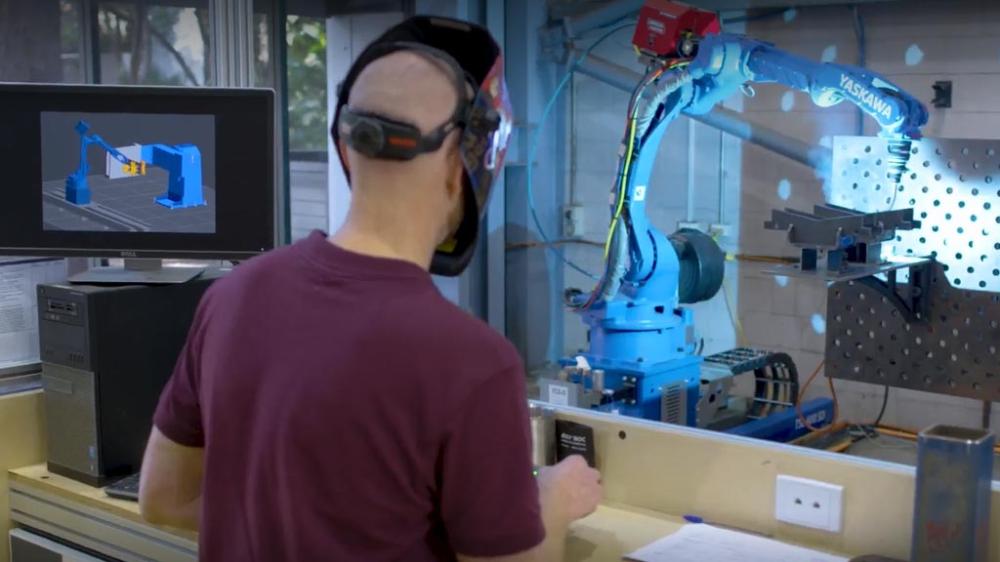The FIF is the primary research partner on a federally funded CRC-Project led by Downer to investigate and develop automated technologies to decrease cost and increase installation time of Embedded Rail Track (ERT). The ERT technology will increase safety and utilisation of heavy-haul and high-speed rail infrastructure and has been awarded $1.5M through the CRC-P grants scheme.
The University of Wollongong has always had a close affiliation with industry. When Downer was seeking a technology partner the University’s automation technology and rail engineering prowess made it a natural choice. - Mark Mackay, Downer
The CRC-P scheme brings together researchers and industry with a focus on short-term projects that will have commercial uses. The project, High Output, Low Cost Automated Embedded Rail Track (ERT), will focus on developing automated solutions to reduce the installation time and cost of ERT. The project is led by Downer, and UOW is the lead research organisation. Other project partners are Antoun Civil, Embedded Rail Technology and the University of Technology Sydney ERT is a relatively new slab-track technology, which consists of a continuously laid bed of concrete with the rails embedded in the concrete in a unique way. Where ballast track has nearly 100 individual parts per metre – requiring regular inspection and maintenance – ERT uses only four components per metre, reducing maintenance costs and maintenance-related track closures.
While it offers a number of safety and usage improvements, the installation time and cost of current ERT are significantly higher than those for ballast track – issues that this research will address. Project leader Dr Philip Commins said ERT had many safety benefits, such as reduced track buckling and fewer derailments, but also increased track use by up to 30 per cent. “An ERT system provides greater safety, performance and availability, with lower maintenance and reduced whole life costs,” Dr Commins said. “As Australia’s plans are well advanced for many major rail infrastructure projects, the need for improved safety in heavy haul and high speed rail is a high priority. “This project is a key part of the chain to provide an economic alternative to traditional rail systems.” Dr Commins and his team from the Facility for Intelligent Fabrication (FIF) in UOW’s Faculty of Engineering and Information Sciences will focus their research on new construction techniques and will explore automation technologies to dramatically reduce the cost and improve the speed of installation to make ERT competitive with traditional ballasted track.
